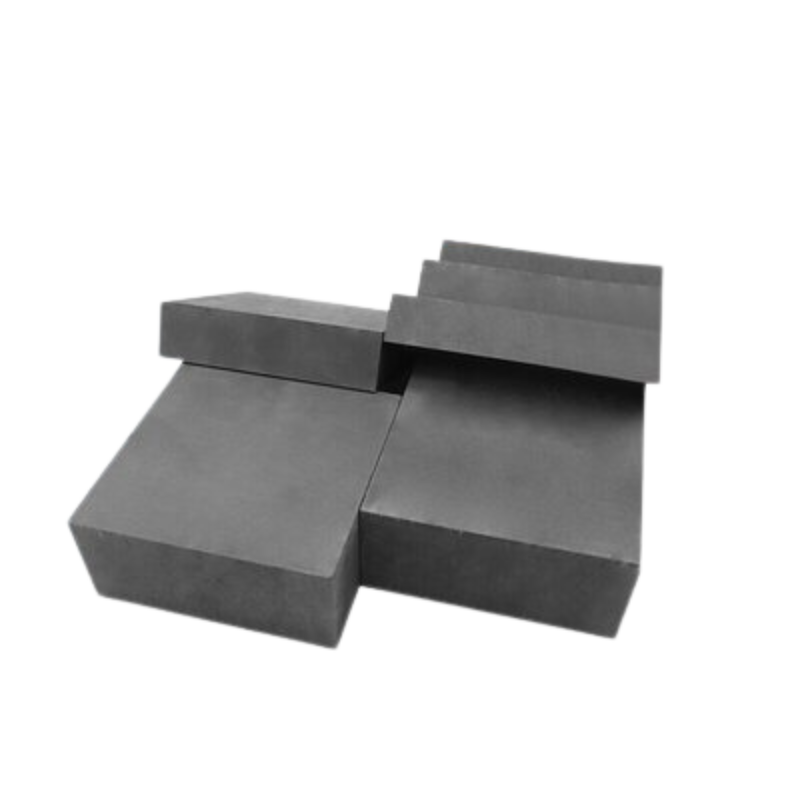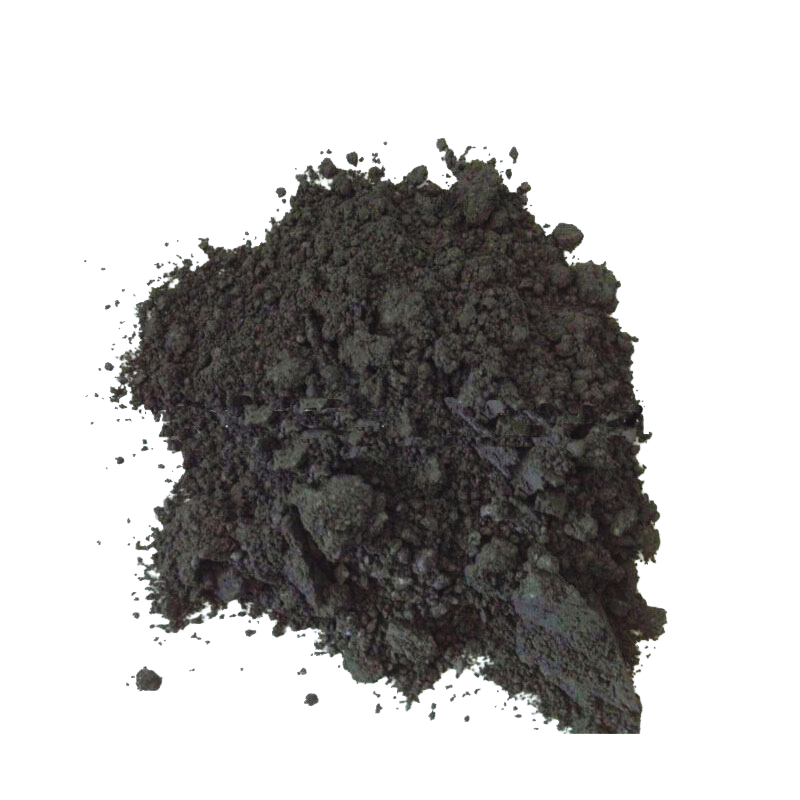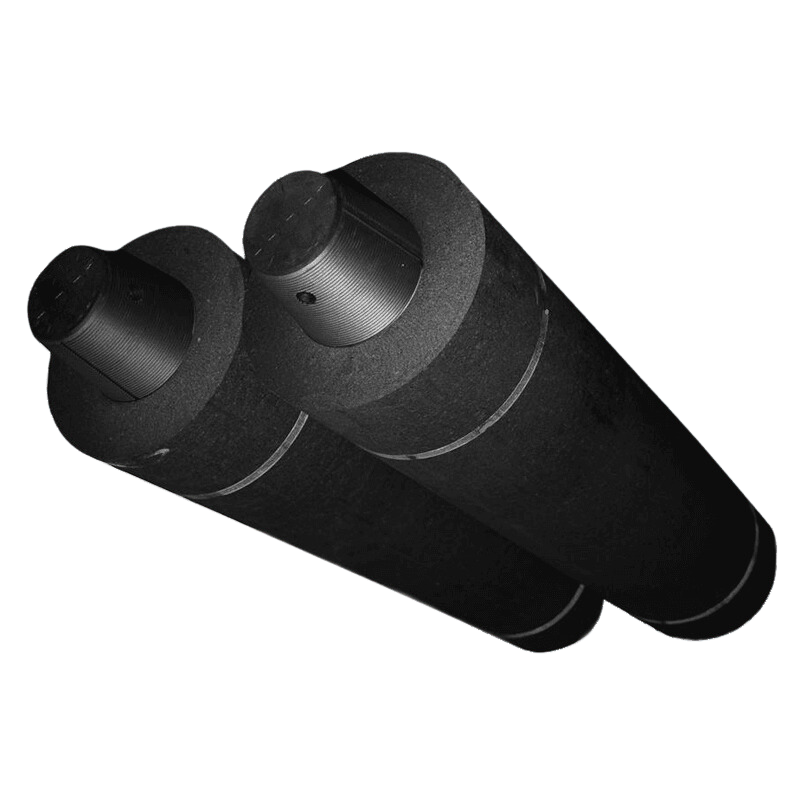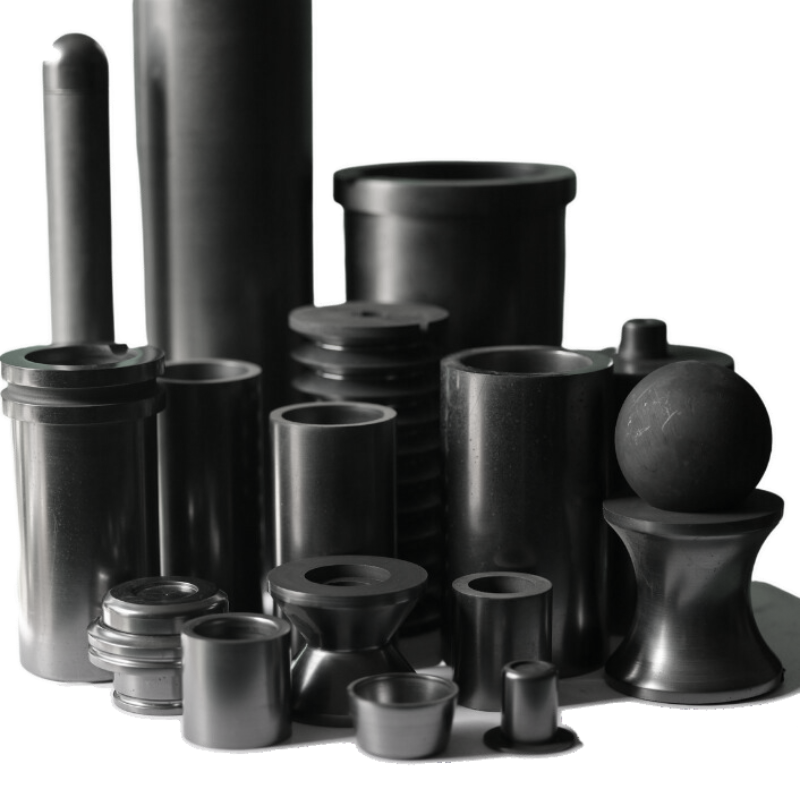Managing graphite bearings daily involves several key practices to ensure their optimal performance and longevity. Here are some steps and tips for daily management of graphite bearings:
1. Regular Inspection
- Visual Inspection: Check for signs of wear, cracks, or damage. Look for any unusual marks or changes in appearance.
- Sound Inspection: Listen for unusual noises during operation, which might indicate improper alignment or lubrication issues.
2. Cleaning
- Remove Debris: Regularly clean the bearings to remove any dirt, dust, or debris that might have accumulated. Use a soft brush or compressed air to avoid damaging the surface.
- Avoid Contaminants: Ensure that the bearings are not exposed to corrosive substances or environments that could cause chemical reactions.
3. Lubrication
- Check Lubrication: Ensure that the bearings are properly lubricated according to manufacturer specifications. Graphite bearings may require specific types of lubricants or might operate under dry conditions.
- Appropriate Lubricants: Use only the recommended lubricants to prevent chemical reactions that could damage the bearings.
4. Monitoring Performance
- Temperature Checks: Monitor the operating temperature. Excessive heat can indicate overloading or inadequate lubrication.
- Vibration Analysis: Regularly perform vibration analysis to detect misalignment, imbalance, or other mechanical issues.
5. Load Management
- Avoid Overloading: Ensure that the bearings are not subjected to loads exceeding their design limits. Overloading can cause premature wear or failure.
- Balanced Load Distribution: Make sure the load is evenly distributed to prevent uneven wear.
6. Replacement and Spare Parts
- Stock Spares: Keep an adequate stock of spare graphite bearings and other critical components to minimize downtime during replacements.
- Scheduled Replacement: Replace bearings at regular intervals or as recommended by the manufacturer to prevent unexpected failures.
7. Documentation and Record-Keeping
- Maintenance Logs: Maintain detailed logs of all inspections, cleanings, lubrication, and replacements. This helps in tracking performance and identifying patterns.
- Performance Records: Document the operational performance to analyze trends and make informed decisions about maintenance schedules.
8. Training and Best Practices
- Train Staff: Ensure that all personnel involved in the maintenance and operation of graphite bearings are well-trained and aware of best practices.
- Follow Manufacturer Guidelines: Always adhere to the manufacturer’s recommendations and guidelines for maintenance and operation.
By implementing these practices, you can effectively manage graphite bearings, ensuring their reliability and extending their service life. Regular maintenance and monitoring are crucial to prevent issues and maintain optimal performance.





